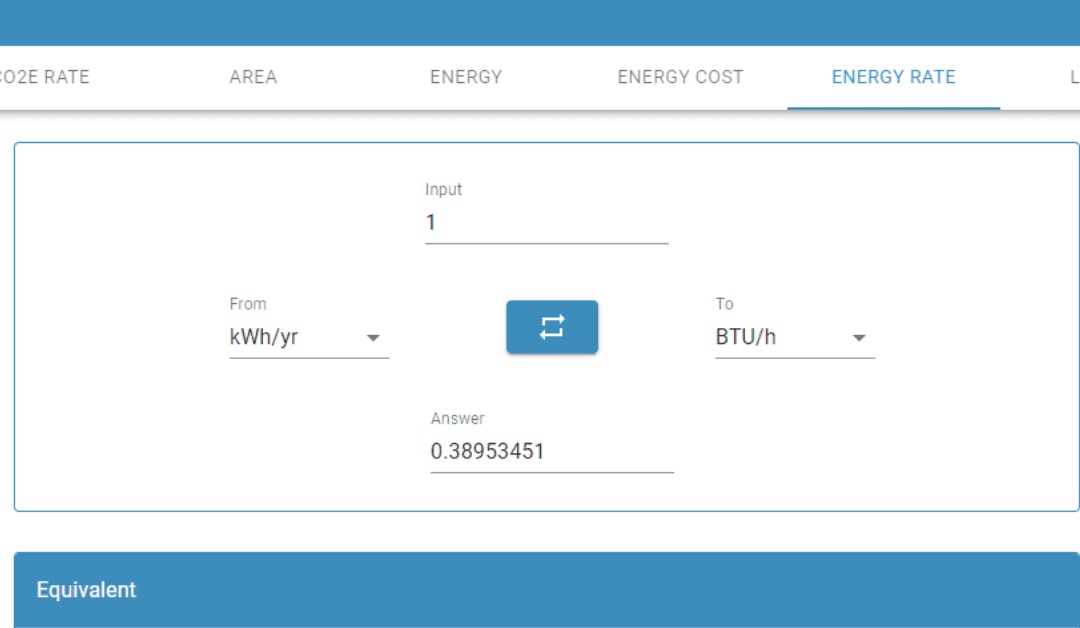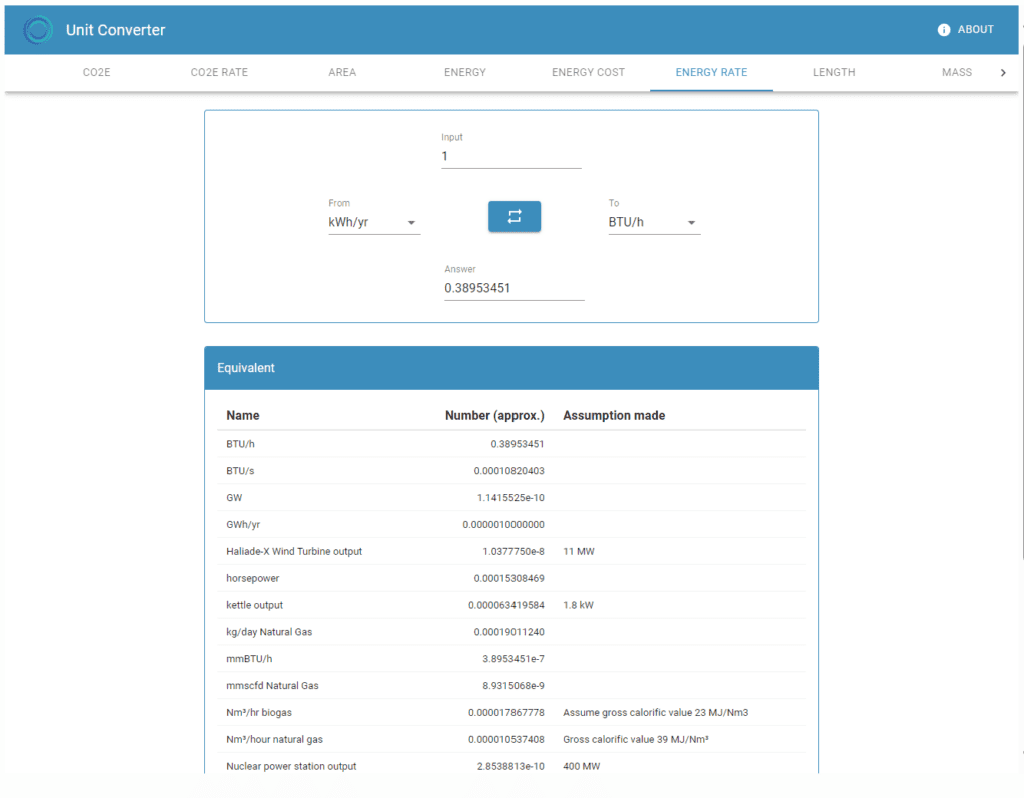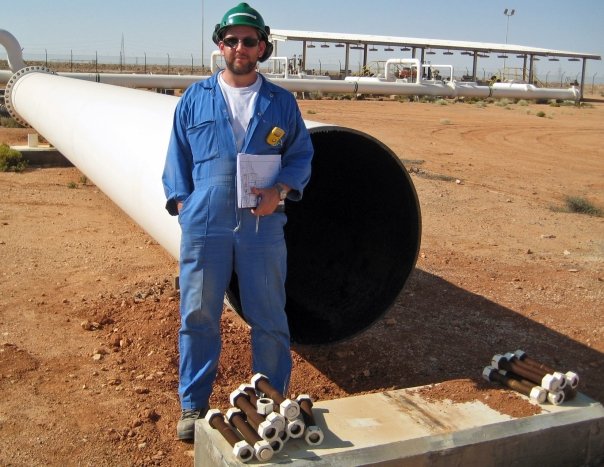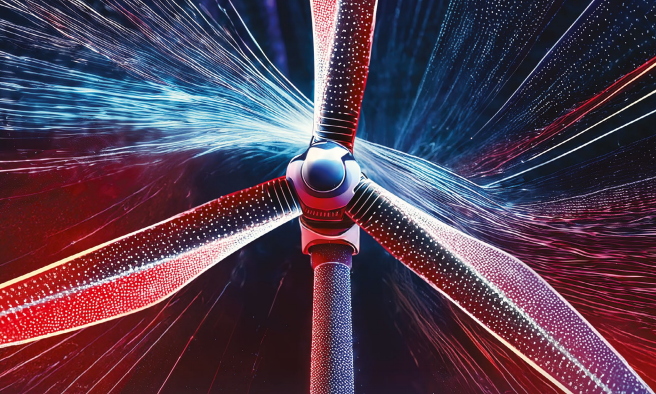One of the first projects Olsights tackled was the challenge of navigating the complex array of energy and engineering units used across different sectors of the industry. To streamline the process and improve accuracy, an interactive app that delivers quick, consistent conversions was developed, allowing for comparisons not easily managed with traditional converters.
In keeping with Olsights’ commitment to accessibility, particularly for non-specialists, a demo version of the prototype app is available for free on the website.
Foundations
The importance of correct unit usage is often underscored in foundational studies of engineering and science. For example, introductory lectures frequently stress that getting units right is essential for accuracy in calculations. This need for unit standardisation has a rich history, with the metric system itself introduced in 1799 to address the confusion caused by the wide array of regional units in France. Today, technology enables unit comparisons to go beyond static conversion tables, providing a visual, interactive experience.
A key principle in understanding energy units, rooted in thermodynamics, is the distinction between mechanical/electrical energy (“work”) and chemical/thermal energy (“heat”). These forms of energy are not directly interchangeable. For instance, while a heat pump consuming 1 kW of electrical power can deliver 3–5 kW of heat, a gas turbine might only convert about a third to half of its fuel energy into work. Understanding these differences is critical for accurate unit conversions.
Observations from Industry
Despite established standards for SI and Imperial units, energy-related industries still employ a variety of unit conventions. For example, energy rates might be expressed as:
- Power: W, kW, MW, GW
- Thermal energy: BTU/s, BTU/h, mmBTU/h
- Capacity: horsepower, kWh/yr, MWh/yr
- Fuel flow rates: Nm³ natural gas/day, kg H₂/day
As interest in hydrogen grows—an energy source with a variable content based on mass or volume—the need for quick, consistent conversions becomes even more crucial.
Energy cost units are equally diverse and include:
- p/kWh, £/MWh, $/MWh, €/MWh
- $/mmBTU, p/therm, £/therm
- £/kg H₂, £/Nm³ H₂, £/Nm³ natural gas or biogas
In conversations around energy use, many still find it challenging to interpret units like kWh, despite its common appearance on energy bills. This “derived” unit, while widely adopted, is neither an official SI nor Imperial unit.
Simplifying Energy Unit Conversion with Olsights
To address this variety of unit conventions and simplify daily operations, one of the first projects undertaken by Olsights was the Energy Unit Converter app. The app allows instant comparisons between SI, Imperial, and Derived Units, along with specific Gas Quantity and Relatable Quantity Equivalents relevant to energy transition work. The app integrates conversions for gases commonly encountered in the industry—natural gas, biogas, hydrogen, and carbon dioxide—making it easy to relate energy, mass, and volume units at a glance.
It’s essential to note that while work and heat may use the same units, they represent different forms of energy, so comparisons between gas and electrical energy are idealised and do not imply process efficiency.
Olsights has made the prototype app free to use. While it remains in development, feedback on improvements and any bugs is welcomed. Access to the app requires site registration.
Explore the Olsights Unit Converter App and experience seamless energy unit conversions today!







